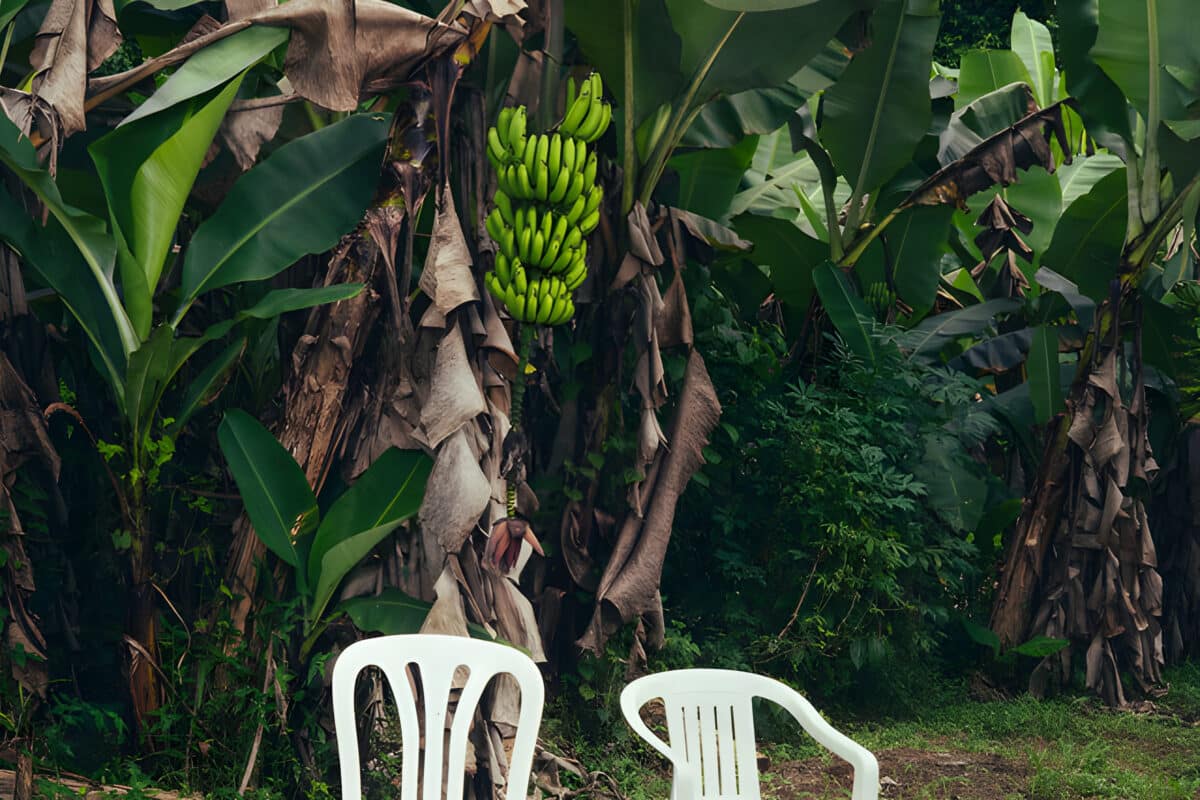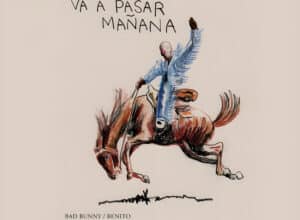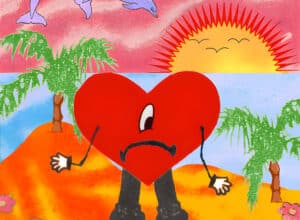Released: 2025
Bad Bunny’s “EoO” encapsulates the vibrant nightlife and party culture with its energetic reggaeton beat and vivid lyrics. The song is a celebration of dancing, freedom, and revelry, as well as an assertion of the artist’s identity and roots in Puerto Rican music and culture. It’s about having a good time, feeling the music, and living in the moment, highlighting the exhilarating essence of reggaeton music.
The song kicks off with the image of a woman who never arrives alone, implying she’s the life of the party, drawing people to her aura. The opening lines also suggest a readiness for excitement, with “las pistolas” metaphorically hinting at the explosive nature of the nightlife that is about to unfold. It’s setting the scene for a night full of possibilities, dance, and perhaps some risky behavior, underscored by the beat.
The recurring hook—”perreo, baby, sobeteo, baby”—centers around perreo, a style of dance integral to reggaeton that involves close body movements, often characterized by its raw and sensual nature. The artist calls to let loose on the dance floor, to engage in the physicality and rhythm of the moment. It’s a repetitive but essential reminder that this is about embracing the rhythm and letting go of inhibitions.
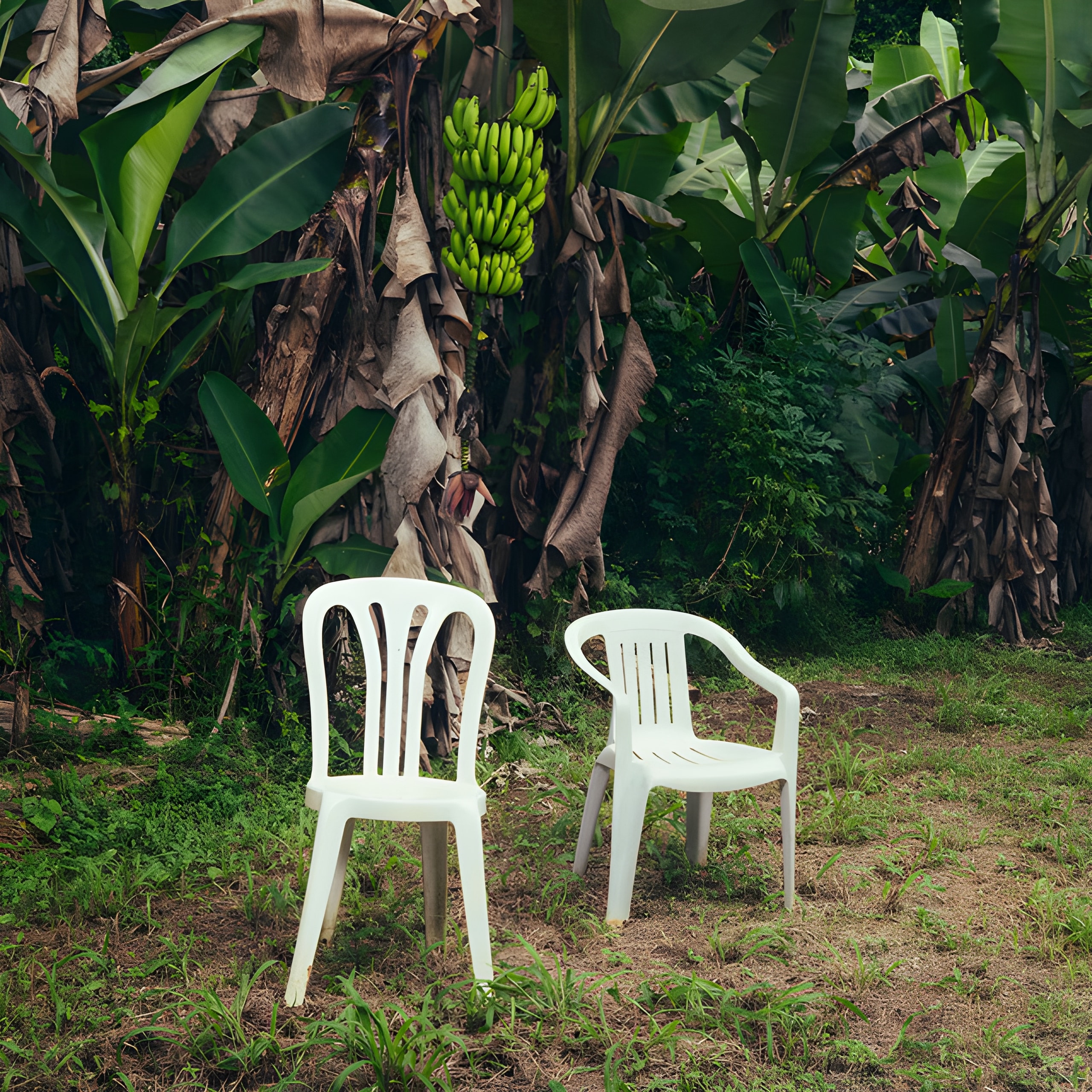
As Bad Bunny delves into the first verse, he explores themes of freedom and enjoyment after dark. There’s a carefree abandon captured in lines like “después de las 12:00 no los cuenta,” indicating that once midnight strikes, what happens in the night remains part of its mystique, a sentiment resonating with many night owls.
He nods to his past, noting a sense of invincibility similar to “un bichote en los 90,” a reference to drug lords in the 1990s, illustrating a sense of power and swagger he feels. It’s also a nod to Puerto Rican history and culture, drawing parallels between the gritty street past and the present vibe he’s aiming to portray.
Moving on to the next part, Bad Bunny interacts directly with the listener or the woman in question, using imperative language—”Dale, mami, pégate, vírate.” He’s commanding but also inviting, expressing a confident assertion of attraction and a willingness to make the first move. It captures the dynamic, playful essence of flirting within the setting of a club.
Further into the song, there’s a lyrical focus on not only dance but the material gestures—”te compro la BM y también el AP”—indicating gifts like a BMW or a luxury watch, illustrating a culture of material abundance and excess that is often prevalent in music of this genre. It signifies status and wealth, aligning with the lifestyle he projects through his music.
Throughout the song, Bad Bunny doesn’t shy away from explicit language, particularly when it comes to intimacy and the boldness of street culture. “Tráete a tu bestie, que a la dos le bajamo el panty” reveals a provocative side, often characteristic of reggaeton music, playing into the idea of group indulgence in nightlife’s pleasures.
As the song nears its end, Bad Bunny gives a shoutout to the roots of the music. Mentioning “nos criamo escuchando y cantando esto en los caseríos,” he’s celebrating the foundation of reggaeton and its roots in the housing projects and barrios of Puerto Rico, places that heavily influenced the development of this musical style.
To close, the track pays homage to his roots and influences, working with “el mejor de to los tiempos, Tainy.” This is a nod to the famous producer Tainy, who has significantly contributed to reggaeton and helped shape its sound over the years. “EoO” stands as both a dance track and a cultural assertion of reggaeton’s longstanding presence and evolving nature, deeply rooted in the Puerto Rican experience.
